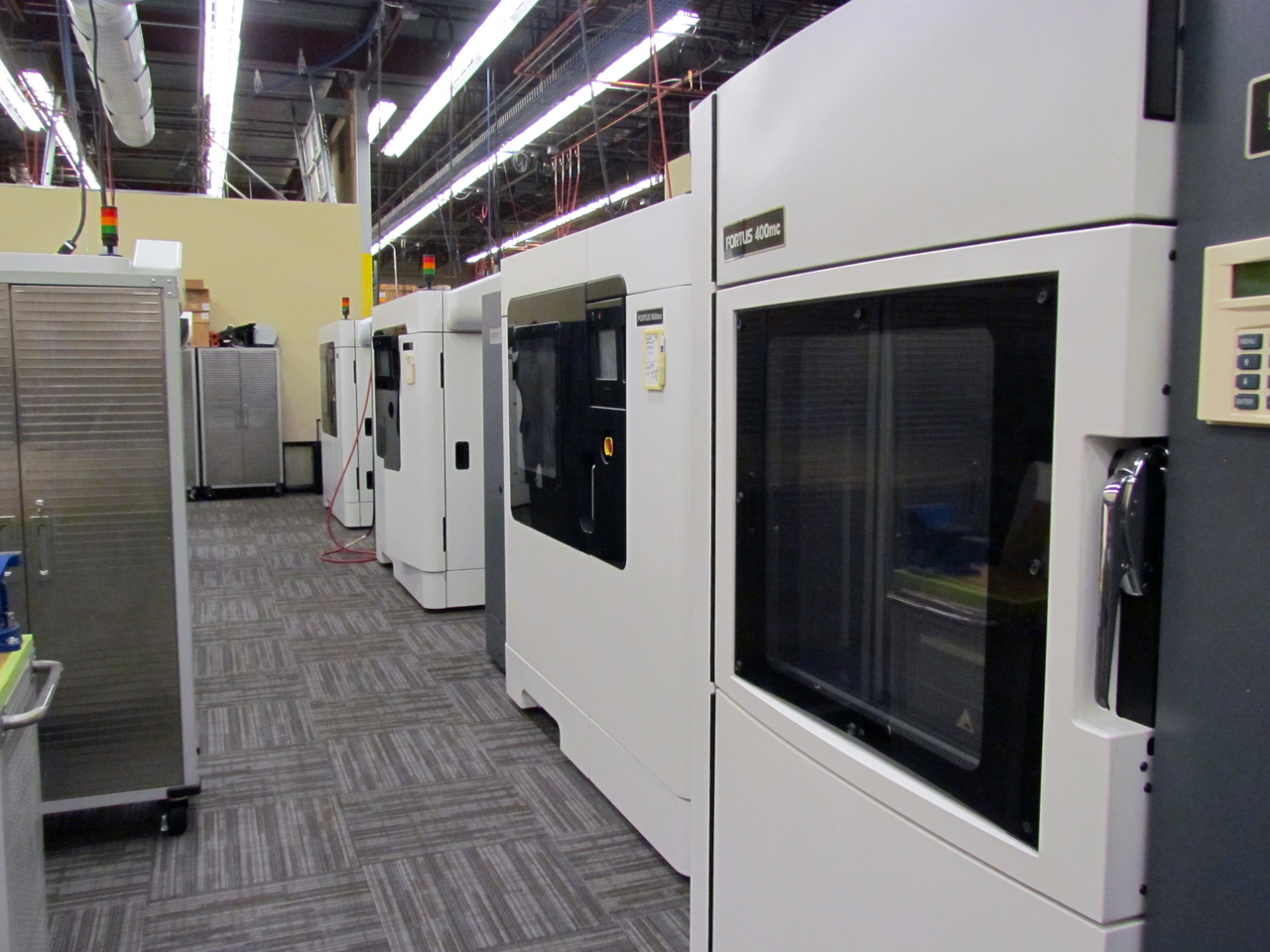
While some readers might think getting into 3D printing is as simple as buying a machine and powering it up, that’s definitely not the case for industry users.
Product development and manufacturing are today very sophisticated processes, having undergone decades of evolution and refinement through the integration of advanced technologies.
Today 3D printing technology is used by product development labs and even a few production applications, but many companies still have not yet been able to integrate 3D printing technologies into their processes.
It’s very challenging for companies because their leaders may have a limited or out-of-date understanding of the technology. As recently as a couple of years ago it was common to hear engineers dismiss 3D printing as “a fad” with a wave of their hand.
Even if a company has a general understanding of 3D printing technology, it may not be clear to them how to integrate it into their systems. And of course, it would have to be done carefully so as to not jeopardize existing throughput.
For companies seeking a change to 3D printing there are several options for getting up to speed, including numerous training programs that have recently appeared.
Another option is to seek advice from industry reports. While many industry reports are focused on things such as market statistics, leaving the reader to perform the analysis themselves, there’s one report that caught my eye.
SmartTech has released a report entitled, “The Production Manager’s Complete Guide to: Implementing Leading 3D Printing Technologies”. It seems to attempt to answer the questions that may arise from a manager considering 3D print applications. SmartTech explains:
Rather than being just another basic guide to 3DP, this report is an extensive assessment of the key factors that must be considered when implementing 3DP.
This report appraises all the major 3DP processes, explains their pros and cons and shows which applications they are best suited to. Included in this report are in depth analyses of the practical considerations related to photopolymer based processes (stereolithography, digital light processing stereolithography and material jetting), thermopolymer based processes (fused deposition modelling and selective laser sintering), a binder based process for both mineral and plastic powders (binder jetting) and the most common metal AM process, known generally as powder bed fusion (PBF) and directed energy deposition (DED)
This report also provides guidance on how 3DP usage practices vary from material to material and how materials are best selected and matched with the tasks at hand. The aspect of the report includes broad coverage of 3DP materials including photopolymers, thermopolymers, steels, other major metals and precious metals, as well as peaks at the exotic materials, such as ceramics, that are just beginning to be 3D printed.
This is the kind of information that could be extremely useful to a development or production manager that’s baffled by 3D printing.
The report is priced starting at USD$450, a price that may seem high to individuals, but quite affordable for industry users.
Via SmartTech

